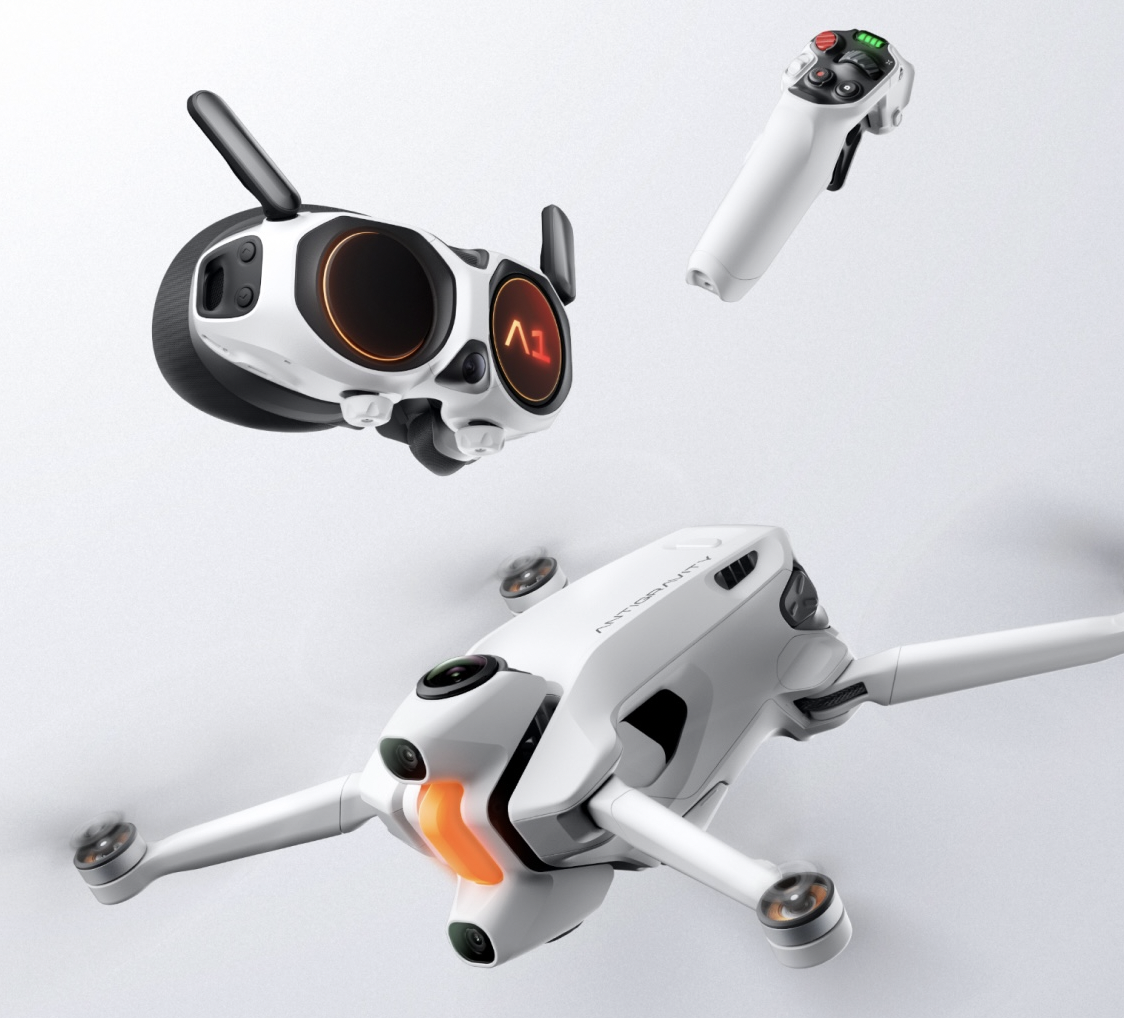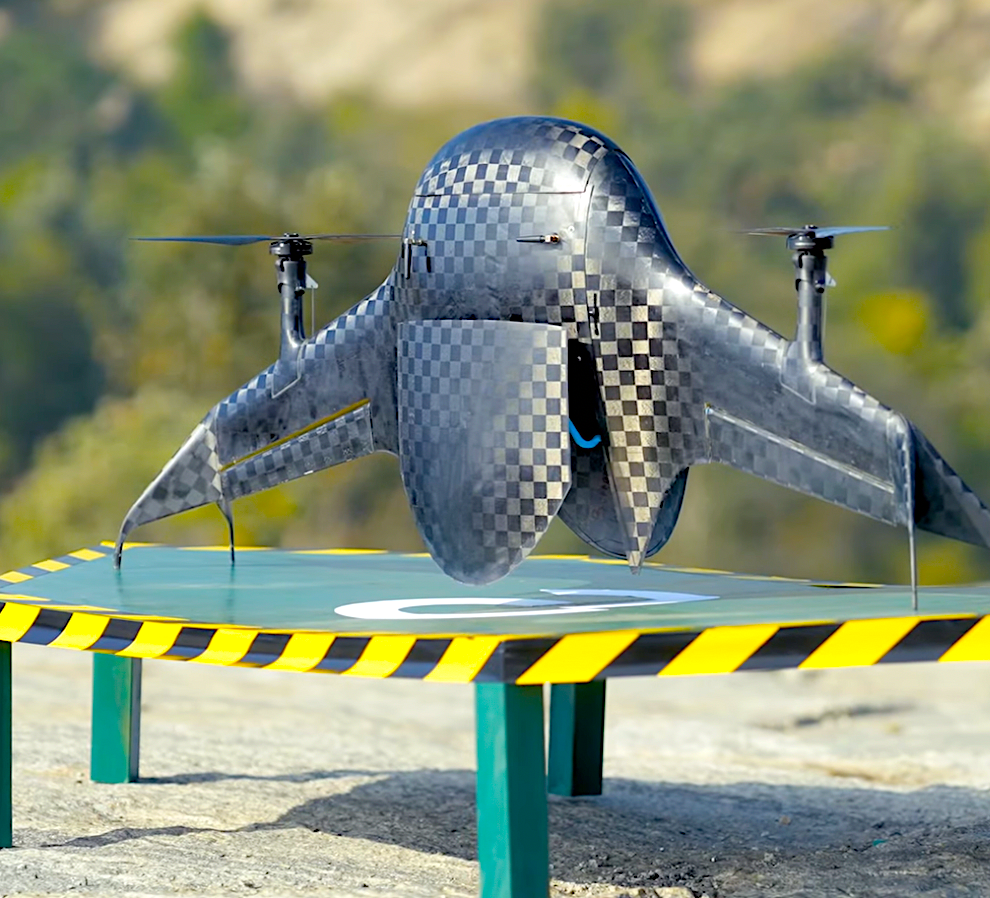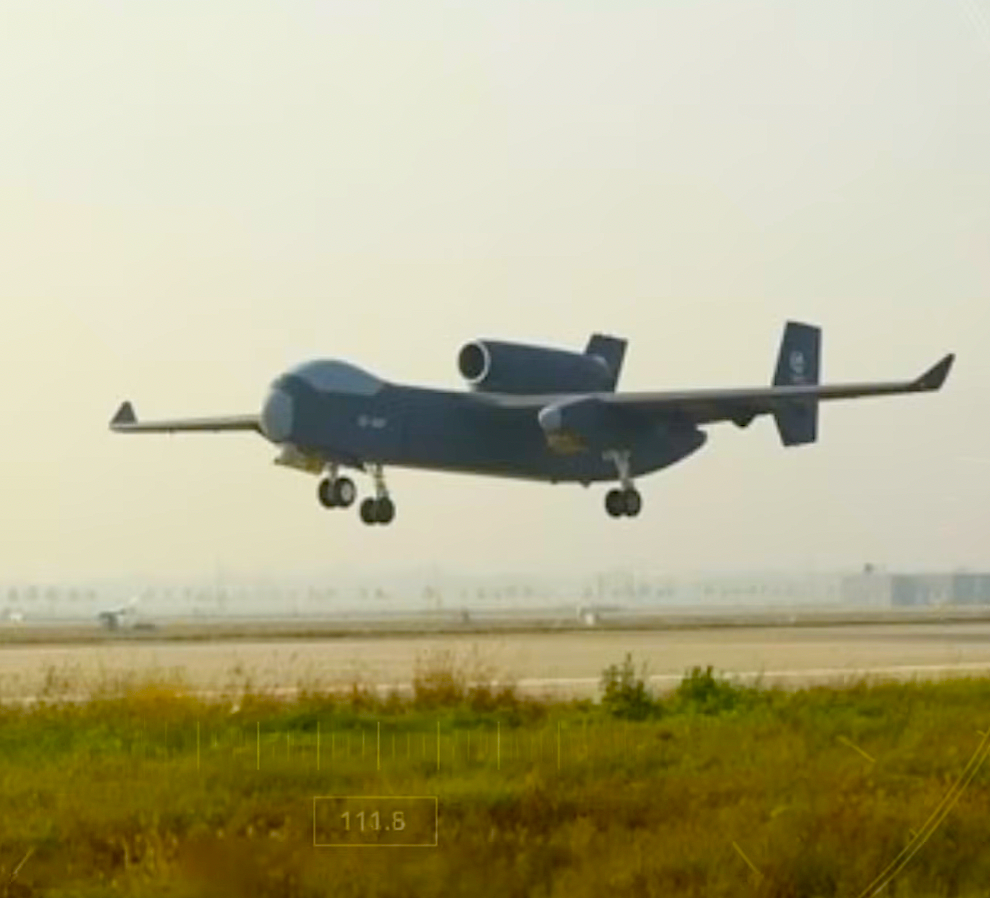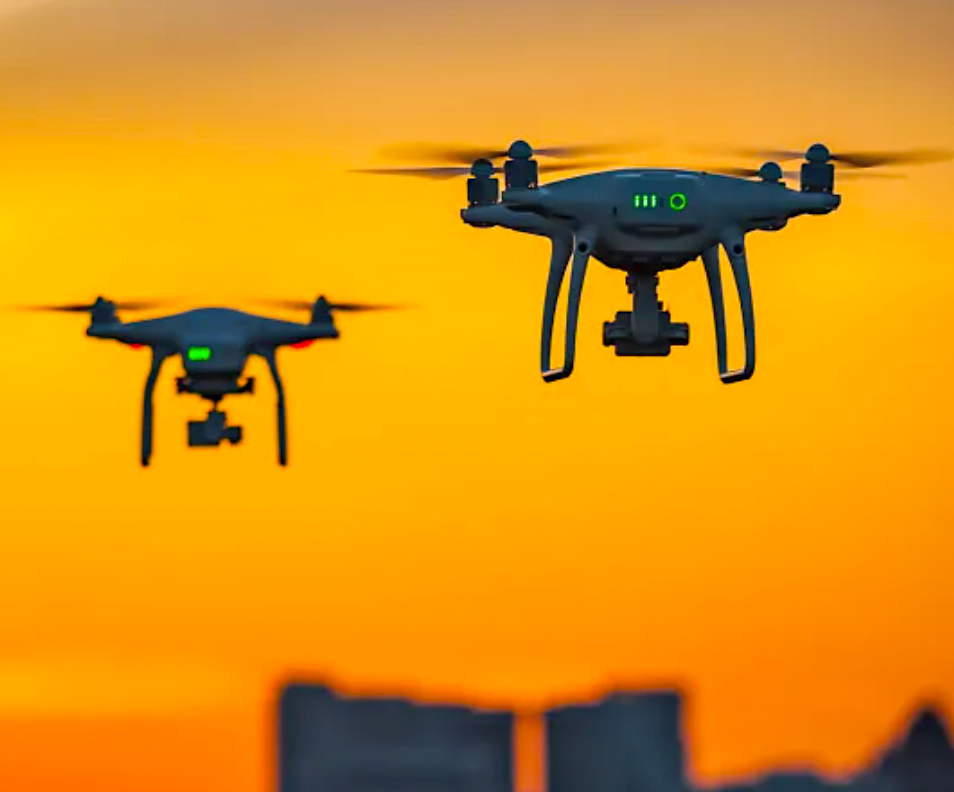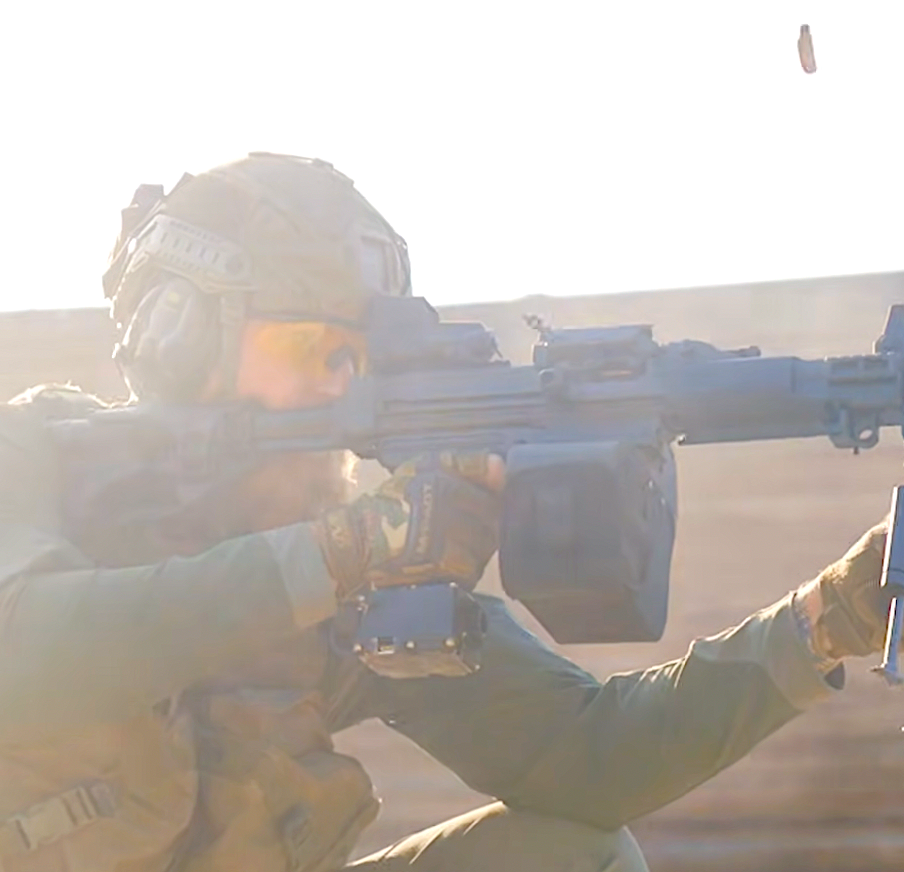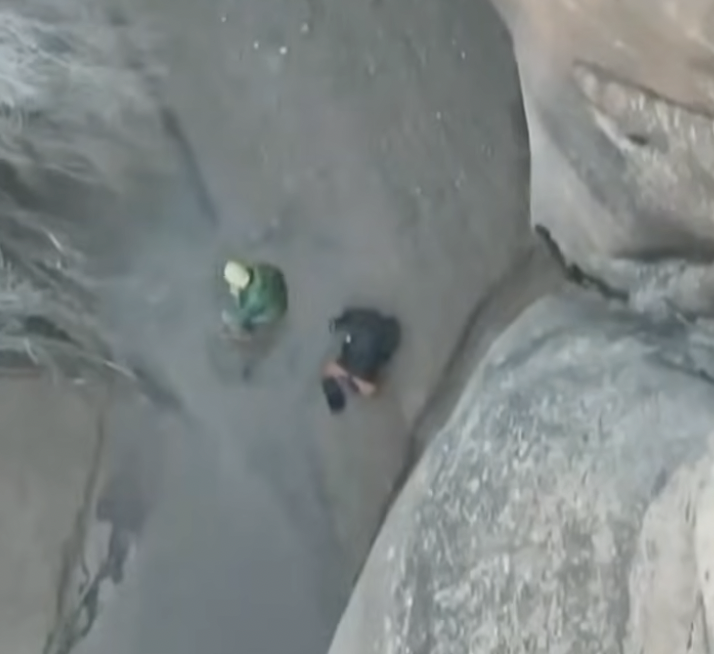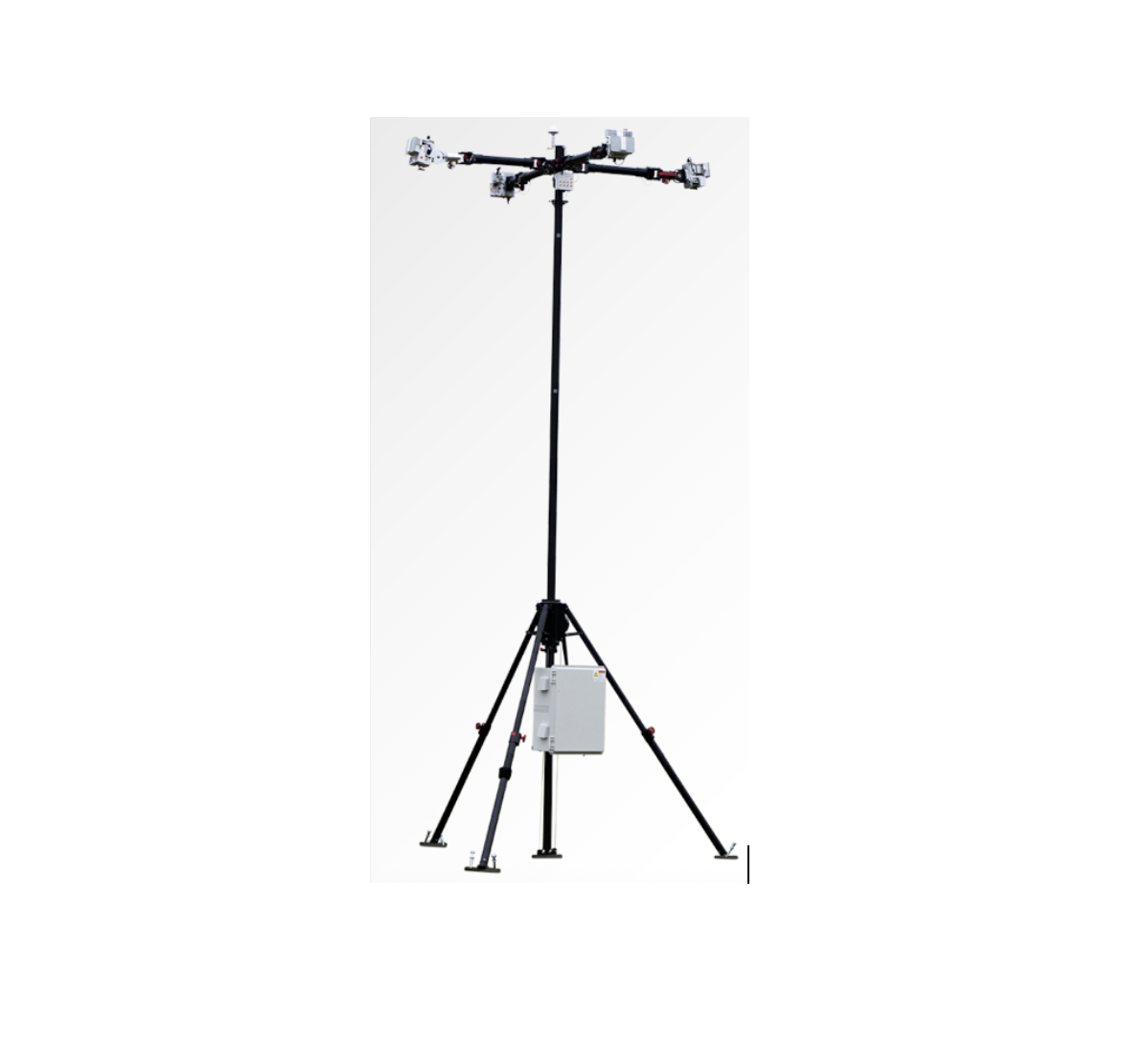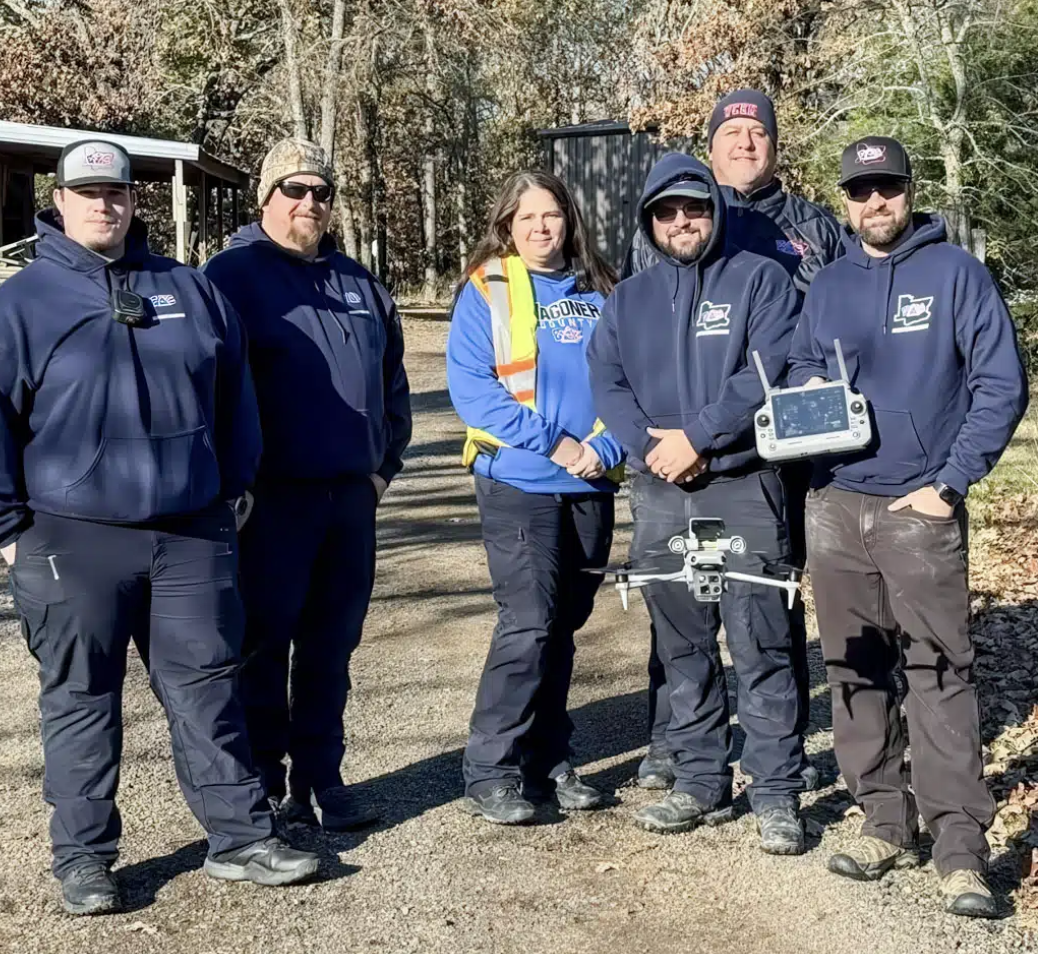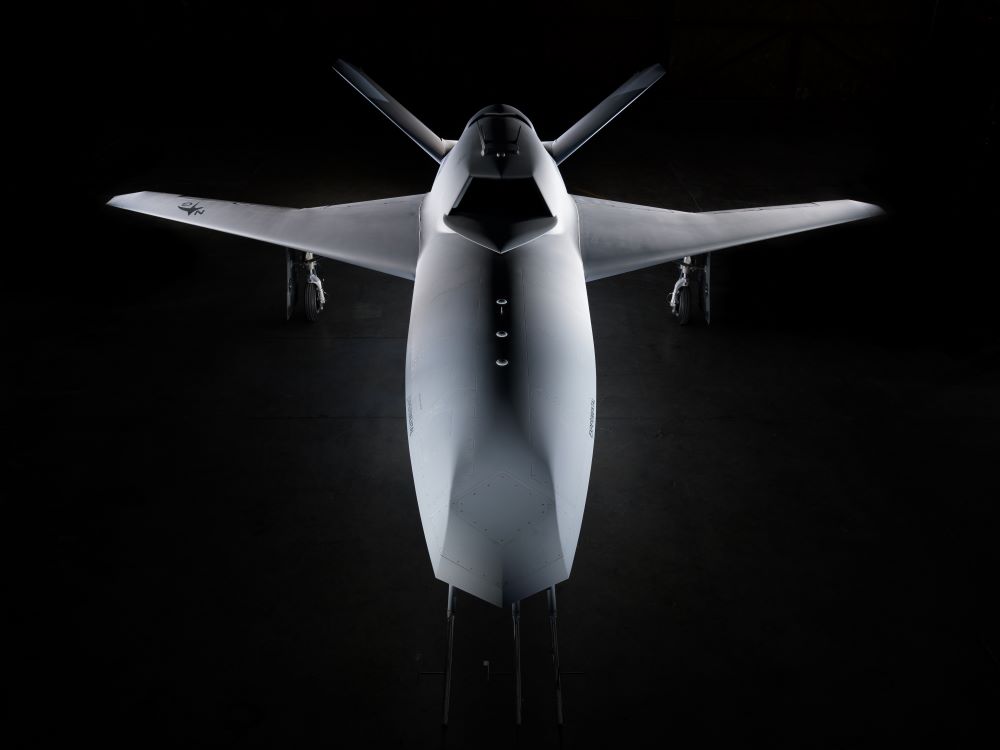Drone OperationFeatured NewsDrone Racing VideoMilitaryDrone ThreatsDrones Can Be Davids in Goliath-Like Warfare and that's a Frightening Security Problem
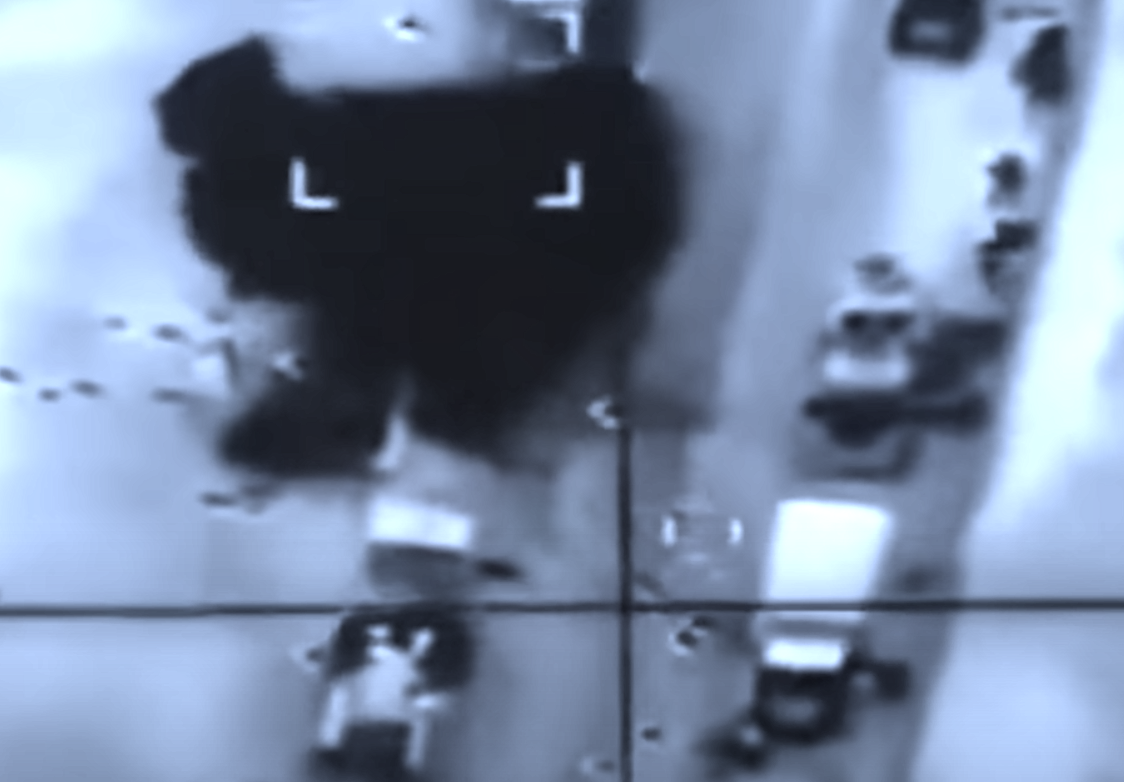
The deployment of drones by the Ukrainian military against invading Russian forces have seen initial successes, and they certainly point to a tiny speck of battlefield parity on a David vs. Goliath level. Although intelligence updates reveal that Russia has the technology and savvy to neuralize Ukrainian drone threats in the future—as well as asking why the invaders have not yet used such advantages to protect their soliders and equipment—the ability for an opponent at a disadvantage to somewhat level the playing field by bringing drones into the equation has far-reaching implications.
WATCH A UKRAINIAN TB 2 BAYRAKTAR DRONE ATTACK A RUSSIAN CONVOY
In other words, while drones can do so much good, they are also security threats. Law-enforcement agencies across the planet see the potential for terrorist and other criminal activities. Of course, it's not the tech that can be dangerous. It's who uses it, and how they choose to use it.
Here are some reasons why drones can be so scary when in the wrong hands:
Drones Can Be Inexpensive and They Are Available Everywhere
Old spy or resistance movies sometimes show people risking their lives to source appropriate materials to build destructive weapons. These days, a trip to a hobby store—or shopping the wares of an online retailer—might be all someone needs to do in order to wage destruction. And you don't have to be near the target or conceal the weapon somewhere. A criminal or terrorist can fly a drone almost anywhere and zero in on a target in real time—all from a safe distance.
Low-Flying Drones Can Evade Air-Defense Systems
Drones can be very small, which makes them difficult to be tracked by conventional radar, thermal, and audio defenses. Launch a tiny-drone attack at night, and the drones could be almost unstoppable.
Drone Tech Evolves Constantly
WIth drones being important helpmates to so many different businesses and government agencies, the tech that drives drones is updated and innovated with almost unheard-of speed. Devise a security protocol for existing drone technology and evolving modifications may rapidly trump previous defensive programs.
What Are Current Drone Defenses?
Counter-drone technology is probably not as solid as you might think—at least amongst the defenses the public knows about.
There are so-called kinetic systems that use "stuff" to disable or impact a drone as it's in flight. These can be bullets, missiles, laser beams, electro-magnetic waves, or even another drone. Unfortunately, these deterents are short-range weapons—with approximately 100-foot effectiveness—which means a defender would need to track a drone threat as soon as possible and deploy the kinetic system fast. Yet another bummer is that highly skilled drone pilots may be able to avoid kinetic defenses and fly on to cause mischief or great damage.
Non-kinetic drone defenses include jammers that disrupt communication between drome and pilot or mess with the GPS signal. The upside of non-kinetic systems is that a security force does not need to monitor threats or deploy combat maneuvers—the system can be in constant operation. But, again, evolving drone technology may unlock methods for neutralizing jammers and so forth.
What Can Be Done?
Keeping drones out of the hands of potential criminals, disruptors, and terrorists is a significant challenge. After all, most governments have not been able to eradicate illicit weaponry or drugs in their countries. Some lawmakers favor far more strigent registration requirements and compulsory certification. Others look to regulate small, low-cost drones. It's impossible to assume without testing drone regulations whether such measures are effective or pure folly. Certainly, history has proven that desperate people usually figure out how to circumvent restrictions and acquire dangerous materials.
The solution may lie in developing autonomous and comprehensive air-defense systems that can neutralize any type of drone before it strikes its target. We aren't there yet.
What are your thoughts?
Email the editor at mmolenda@thedroningcompany.com to comment.

